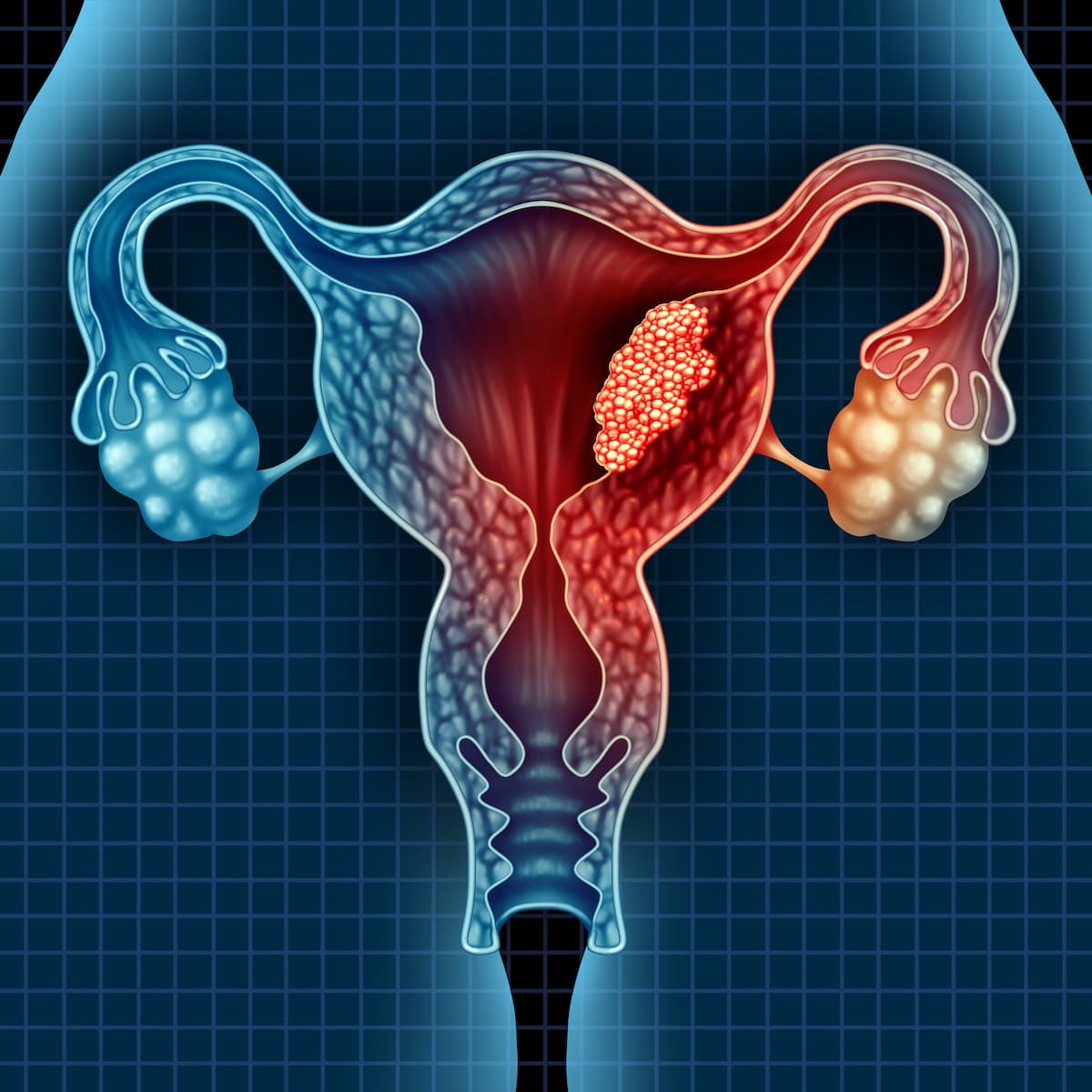Novel Agent ONA-XR Demonstrates Early Activity in Endometrial Cancer
ONA-XR plus anastrozole yields preliminary clinical activity in a small population of patients with refractory, hormone receptor (HR)–positive, metastatic endometrial cancer.
A novel progesterone receptor (PR) antagonist onapristone extended release (ONA-XR) in combination with anastrozole elicited early responses in 2 patients with refractory, hormone receptor (HR)–positive metastatic endometrial cancer, according to press release from Context Therapeutics on preliminary data from the phase 2 OATH trial (NCT04719273).
In the phase 2 OATH trial, ONA-XR plus anastrozole produced an overall response rate of 22% among patients with refractory, hormone receptor-positive metastatic endometrial cancer.

Investigators have enrolled 12 patients, 9 of whom were evaluable. The combination yielded 2 confirmed partial responses, translating to an overall response rate (ORR) of 22%. Moreover, ONA-XR and anastrozole demonstrated a 4-month progression-free survival (PFS) rate of 77%.
No drug-related discontinuations have been reported so far, and adverse effects (AEs) have primarily been grade 1 or 2. Most patients (67%) had 1 prior line of chemotherapy, with the remainder having 2 or more.
Investigators expect to present updated findings from the OATH study later this year.
“Data from the ongoing phase 2 OATH clinical trial supports the potential for ONA-XR plus [anastrozole] combination therapy to serve as an effective therapeutic option in metastatic [endometrial cancer],” Martin Lehr, CEO of Context Therapeutics, said in the press release. “We are encouraged by these findings and look forward to continued enrollment in the trial.”
ONA-XR blocks both the ligand-dependent and ligand-independent activity of the PR. If approved, the ONA-XR would be the first agent that selectively targets PR-positive cancers. Early data suggest that ONA-XR achieves anticancer activity via inhibition of PR binding to chromatin. This downregulates cancer stem cell mobilization and blocking immune evasion.
As part of the ongoing, open-label phase 2 OATH trial, patients received oral ONA-XR twice daily and oral anastrozole once daily during each 28-day cycle. The regimen repeats for up to 24 cycles, comprising 24 months in total, or disease progression or unacceptable toxicity.
The primary end point is ORR, defined as complete or partial tumor response up to 1-year post-treatment by RECIST 1.1 criteria.
Key secondary end points include 4-month PFS rate, time to response, duration of response, the toxicity profile, and quality of life. Investigators also hope to assess estrogen receptor and PR expression, represented as a percentage prior to trial initiation and at progression, as well as percent change in Ki-67.
To enroll on the study, patients were required to have progressed on frontline therapy with carboplatin or paclitaxel and have had at least 1 prior treatment with a platinum or taxane chemotherapy regimen for disease management. Patients were also not allowed to receive concurrent chemotherapy, immunotherapy, or any other endocrine therapy. Patients also needed to have an ECOG performance status of 0 or 1 and a minimum life expectancy of 12 weeks.
The study excluded patients with any prior hormonal therapy in the preceding 2 months, as well as those with a concurrent second malignancy. The presence of an untreated brain metastases or metastases that have not shown stability for at least 6 months was another exclusion criterion.
ONA-XR is also the subject of 2 breast cancer trials in combination with selective estrogen receptor degraders—the phase 1b/2 ELONA trial (NCT05618613) and the phase 2 SMILE trial (NCT04738292).
Reference
Context Therapeutics highlights clinical responses from the phase 2 OATH clinical trial evaluating ONA-XR for the treatment of endometrial cancer. News Release. Context Therapeutics Inc. February 6, 2023. Accessed February 7, 2023. https://bit.ly/3Y9P3Oc